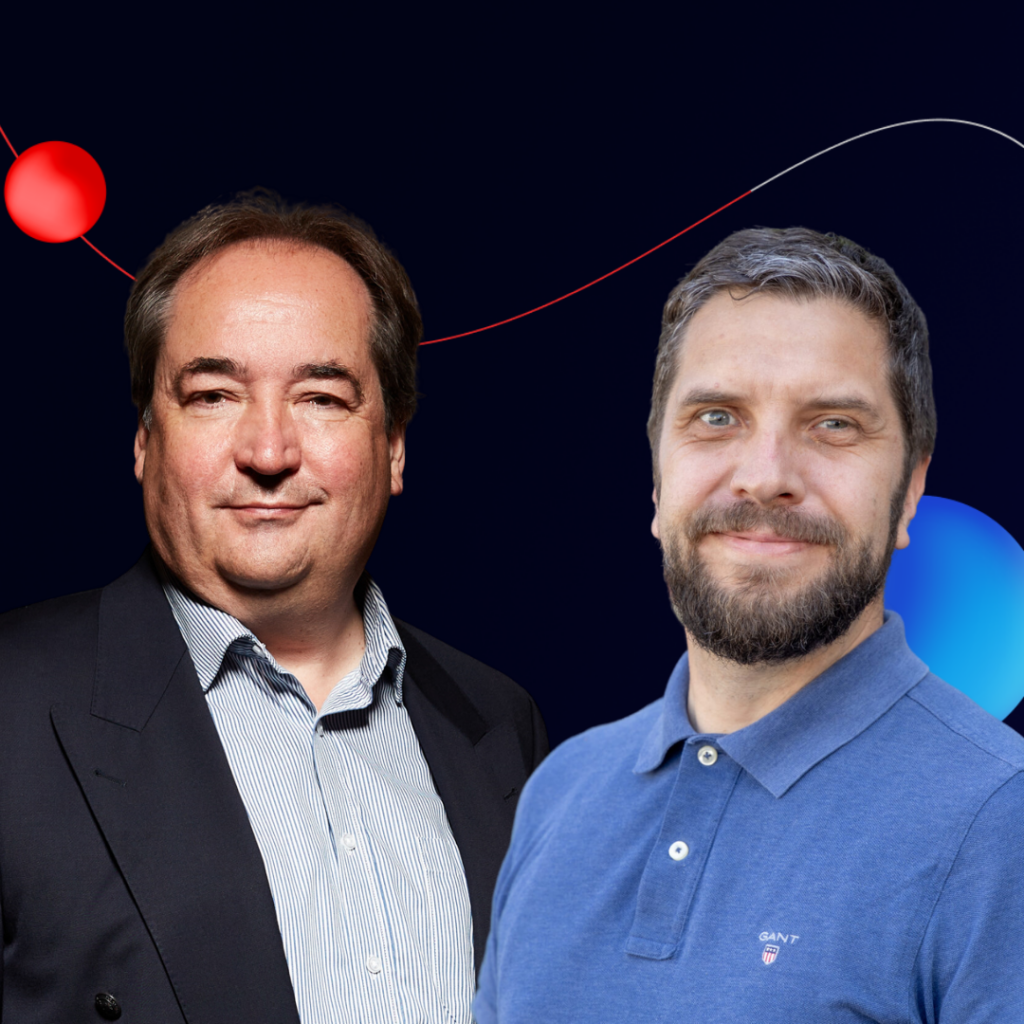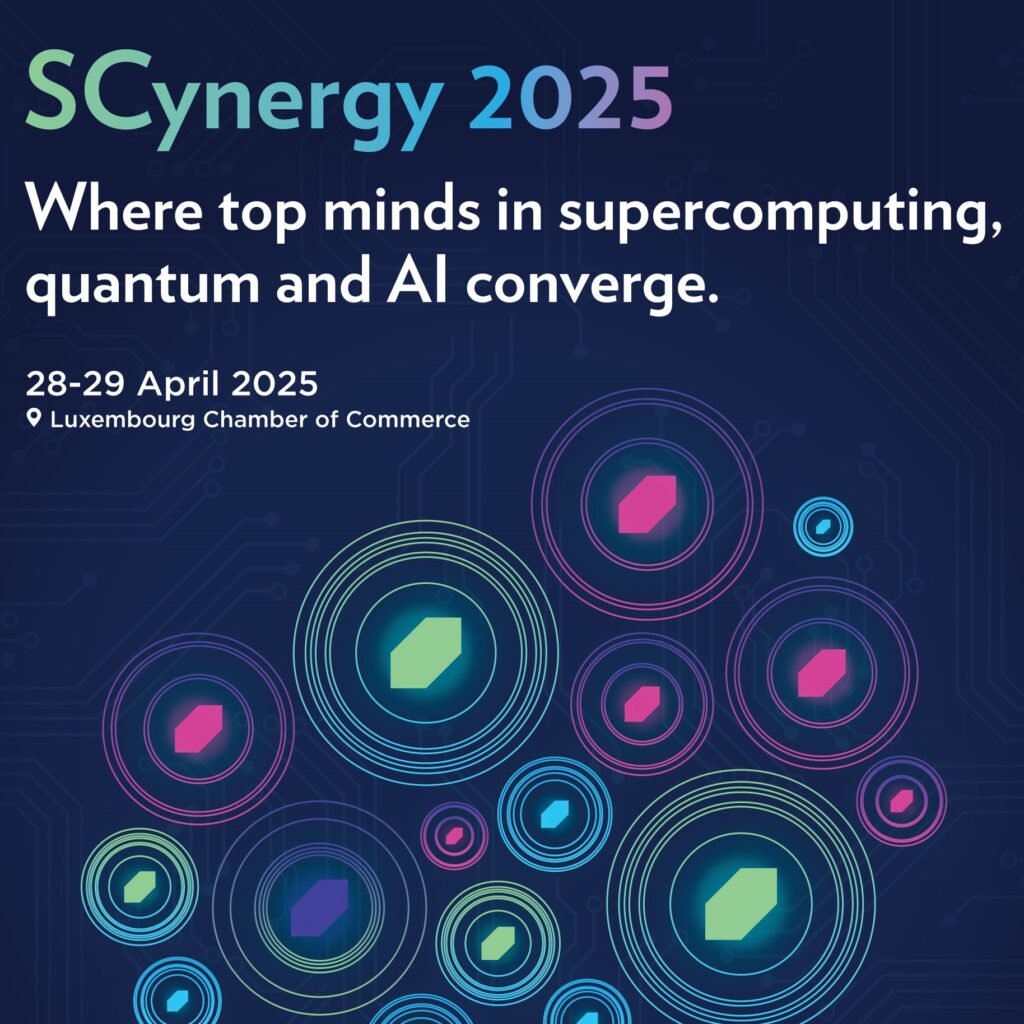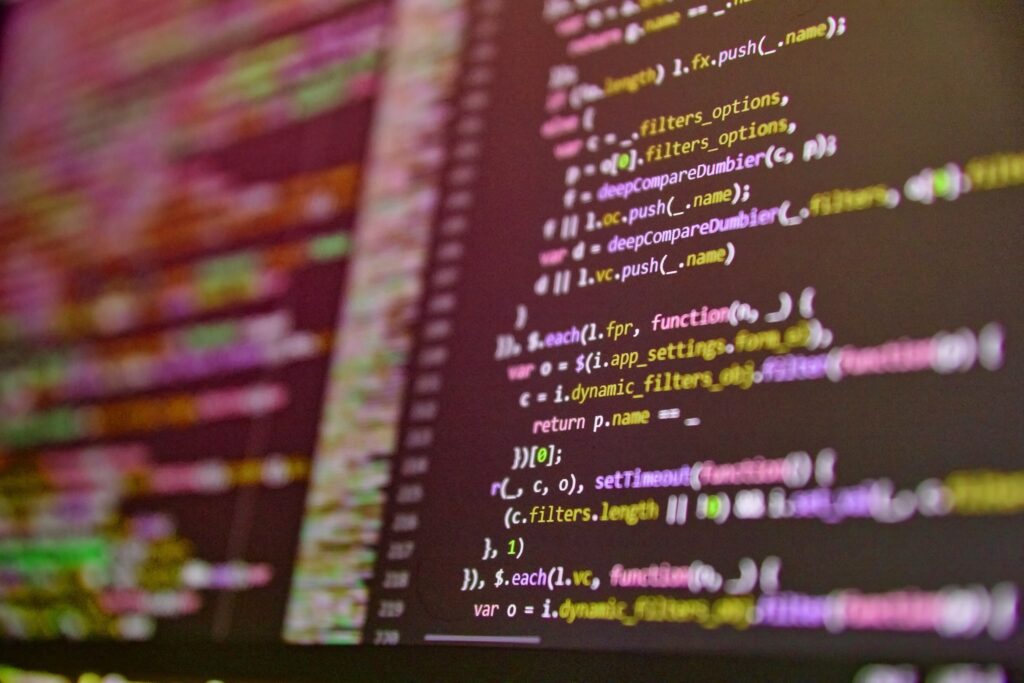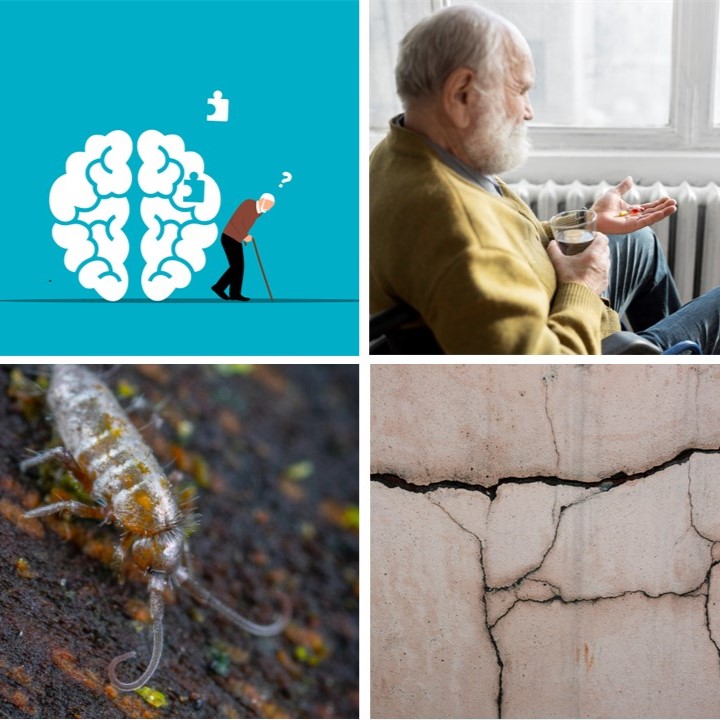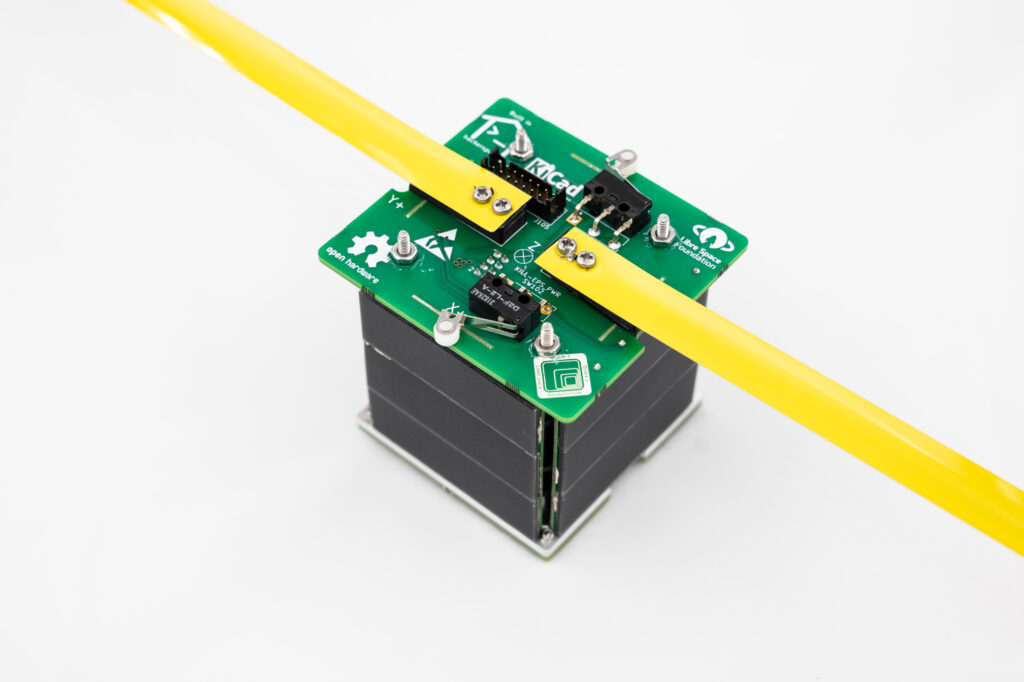LIST Tech Day 2023: 7 technologies to follow
31 July 2023

Flagship Technologies
Over the past years, LIST Tech Day has provided a stage for more than 30 technological innovations. Let’s discover the 7 latest technologies presented during the 5th edition of the Tech Day.
Space Resources Knowledge Platform – a new source of knowledge
Space exploration still faces significant constraints due to the enormous costs of launching both people and materials into space. Additionally, the lack of viable and cost-effective means to resupply crucial resources like life support and fuel presents a significant challenge. However, there is hope for overcoming these challenges through the practice of In-Situ Resource Utilization (ISRU), which involves finding and utilizing resources within space itself. The community behind space resources utilization is growing and an essential element that will make it grow is having a streamlined flow and collection of knowledge.
Our solution can enable the user to navigate the space resources field with ease. Objectives of the platform: unique access point to up-to-date information and knowledge, full coverage of scientific, technology and market information, sharing knowledge in the field of space resources with the community. At our booth, we aim to showcase key technologies for the knowledge management and sharing of Space Resources Utilization, as well as to illustrate a successful interdepartmental collaboration within LIST, between ESRIC and the IT for Innovative Services (IT IS) department.
SmartSense: Enhanced Solution for Environmental Monitoring
Environmental monitoring is a valuable tool that can be used to evaluate environmental conditions and trends, aid in policy development and implementation, and generate information for reporting to national policymakers, international forums, and the public. Moreover, environmental monitoring plays a critical scientific role in uncovering long-term trends that can lead to new knowledge and understanding. However, monitoring programs have often been criticized for being excessively expensive while producing inadequate results.
LIST’s innovative environmental monitoring technology SmartSense offers a comprehensive solution ranging from designing monitoring strategies to data accessibility, an all-in-one, advanced energy-intelligent and affordable solution. Our flexible transmission technology and tailored data options provide an intelligent solution for remote monitoring, while our web platform enables data-driven decision-making in a sustainable way. SmartSense is currently being used for monitoring weather (e.g., air temperature, rainfall, humidity, and other weather-related parameters), water quality, and air quality. The technology is designed to be easy to use, with a user-friendly interface that simplifies the monitoring process.
A connected and automated drive between the physical and virtual worlds
The digitization of all sectors, starting with mobility, presents remarkable prospects for envisioning innovative applications that integrate the physical, digital, and human realms. Whether it’s digital twins or the Metaverse, these concepts involve the advancement of connectivity (such as 5G and 6G), sensors, and mixed reality technologies, which will enable these concepts to serve practical purposes and address concrete needs in the future. This is exactly the aim of this demonstration, which highlights the research work carried out in the COMBO (Optimal integration of connected and automated shuttles with passenger and freight transport systems) project, co-funded by the FNR (Luxembourg National Research Fund) and CFL (Luxembourg national railway company), which aims to develop solutions to better integrate connected and autonomous shuttles with existing transport solutions. LIST will showcase two complementary approaches: (1) how to control a remotely located shuttle, or a robot, using low-latency connectivity (i.e., telepresence); and (2) how to anticipate the usage of these new connected and automated vehicles through mixing physical and digital assets.
Although this idea of combining physical and virtual interactions through telepresence is not new, technological limitations have often hindered its realisation. LIST’s research and development endeavours hold the promise of making this twinning a reality. Drawing on the concept of “meta-mobility”, a term coined by one of the biggest automotive manufacturers in the world, LIST’s researchers will share their vision of this concept by using robots as a medium between reality and virtual worlds. The combination of several cutting-edge technologies (including low latency connectivity, 3D modelling, simulation, artificial intelligence) allows to safely and efficiently control a robot or a vehicle that navigates through real-world environments and handles situations based on their virtual representation – capturing and simulating the movement of people, vehicles, and other objects. This has the potential to help mobility operators understand how people and goods move and the way their needs evolve, allowing them to make data-driven decisions about the optimal deployment of new mobility solutions as autonomous shuttles.
With our advanced robot and mobility digital twin framework, we can experience the power of telepresence first-hand and discover new possibilities for remote operations.
Using remote patient monitoring to stay in touch
Emerging and disruptive technologies such as artificial intelligence, intelligent automation, and the Internet of Things are revolutionising industries and creating new opportunities for businesses to enhance their efficiency and productivity. When it comes to healthcare, accuracy and completeness are of utmost importance since it deals with human lives. Health-related technologies have the potential to revolutionize healthcare and improve patient outcomes. AI-powered medical diagnosis and treatment, automated medical processes, and IoT-linked medical devices offer high levels of accuracy and safety, and continuous health monitoring, which was previously a luxury, can become an affordable service with modern technology and digitalization. This can alleviate burdens on caregivers and reduce the burden of high medical expenses on society.
This is where LIST’s innovative health-tech tool comes in. It is designed to offer caregivers an interactive platform where they can monitor the progress of their patients in 3D. To collect data, patients would wear multiple connected sensors in the form of wearable technologies. These sensors will collect data that will be analyzed using AI solutions on the backend. The collected data will then be used to generate recommendations and warnings for caregivers as well as patients. Healthy individuals can also benefit from this tool by receiving AI-based recommendations to improve their general health, their walking or posture.”
Busting the myth of electric cars
The environmental impacts of electric vehicles are a highly debated topic, particularly when compared to traditional gasoline and diesel vehicles. While fossil fuel-powered transportation is known to produce greenhouse gas emissions, electric cars also generate such emissions, despite lacking an exhaust pipe. The manufacturing phase of electric vehicles is notoriously more energy-intensive because of battery production, which burdens electric cars with a “CO2 penalty”. This penalty is normally offset in the long run during driving, but just how and when depends on many parameters.
Therefore, the question remains: are electric cars truly better for the environment in the long run? To help answer this question, the Climobil app developed by LIST can provide users with a comprehensive understanding of when, why, and how electric vehicles can be considered environmentally friendly. Additionally, the app aims to highlight specific conditions that may impact the efficacy of electric vehicles, such as changes in battery size or lifespan, the influence of winter weather on battery performance, and the source of the electricity used to power the car (e.g., coal-fired power stations). Test the app for yourself to learn under which conditions electric vehicles are actually a relevant low-carbon option.
Satellite and IoT technology in the service of smart agriculture
Internet of Things (IoT) applications have brought and are still bringing fundamental changes in our life, and in all sectors of activity. The IoT technology also represents an engine for innovation, economic growth, and social progress. Smart and Precision Agriculture is one of the sectors that is expected to highly benefit from the adoption and integration of IoT. Some of the scenarios for precision agriculture and environmental monitoring may be located in remote, sparsely populated areas where no mobile terrestrial coverage, or other forms of connectivity is available. In this context, satellite technology comes into play, as a key enabler to transform IoT connectivity across industries and geographical borders. Satellite technology can enable seamless IoT connectivity across various environments, including air, sea, rural and remote areas that are typically difficult to access.
Among satellite types, Low Earth Orbit (LEO) satellites are particularly well-suited for IoT due to their advantages, such as shorter signal delays and direct communication capabilities with IoT devices. However, connecting IoT devices directly to LEO satellites poses several challenges. The orbital properties of LEO satellites result in limited visibility time, usually ranging from 2 to 4 minutes. Additionally, a significant number of IoT devices may fall within the coverage area of a single LEO satellite, causing competition for available communication channels. Now, using innovative synchronization and scheduling techniques developed by LIST researchers, it is possible to ensure reliable data transmission between IoT LoRa devices and a satellite gateways, avoiding packet drops (due to the unavailability of the satellite), and packet collisions (occurring when several devices attempt transmission at the same time).
The tangible potential of innovative materials for touchless for human-to-machine interface
The COVID-19 pandemic has accelerated the adoption of touchless technology to control machines, driving the move towards interfaces that allows users to interact with technology using various means such as voice, gestures, hand interaction, eye tracking, and biometrics like facial recognition and contactless fingerprints. This technology has become increasingly popular due to hygiene requirements. A touchless user interface is also helpful in contexts such as food-processing plants or an airport’s self-service registration kiosks. Smart devices, IoT sensors, smart appliances, smart TVs, smart assistants, and consumer robotics are among the devices where this technology is gaining traction. These interfaces offer natural interaction modes such as voice or gestures.
LIST’s TouchLess project aims to design and develop new materials and technological demonstrators for Human to Machine Interaction (HMI) based on gesture recognition by Edge Machine Learning (Artificial Intelligence). This will be achieved through the use of transparent electrodes on a glass window and by embedding electrodes within a composite structure. The project’s key objective is to develop invisible sensors capable of detecting specific touchless gestures by processing materials. The success of the project hinges on the realization of these sensors, which will be achieved by leveraging LIST’s knowledge and expertise in processing transparent conductive materials and thermoformed composite parts with embedded electrodes. See for yourself the potential of the project and the technology implemented into three different areas: smart building, automotive and smart object.
More about Tech Day

